- How Meteorologists Predict Storms Using Satellite Data - October 3, 2025
- What Causes Rainbows And Why They’re Always Curved - October 1, 2025
- 3 Industries Face Crushing New Tariffs as Trade War Escalates - September 28, 2025
The Canadian Catastrophe – Record-Breaking Forest Fires Change The Game

Canada shattered all expectations during the 2023 wildfire season, experiencing the most extreme fire year in recent history. During the 2023–2024 fire season, fire carbon emissions were increased by record emissions in Canadian boreal forests (over 9 times the average), with record-breaking wildfires burning almost 7.8 million hectares of forest in 2023. The sheer scale becomes mind-boggling when you realize this represents about six times Canada’s annual average for the previous two decades. The flames were largely fueled by warmer than average temperatures and drought conditions, with some parts of the country experiencing temperatures up to 10 degrees C (18 degrees F) above normal.
The boreal forest fires weren’t just big – they were unprecedented in their intensity and carbon release. Boreal forests store 30%-40% of all land-based carbon, making them critical climate stabilizers, with most of this carbon stored underground, including in permafrost, and historically protected from the infrequent and milder fires that occur naturally. What made 2023 particularly alarming was how quickly these carbon stores became vulnerable to burning as climate conditions shifted.
Australia’s Relentless Fire Years – Beyond Black Summer
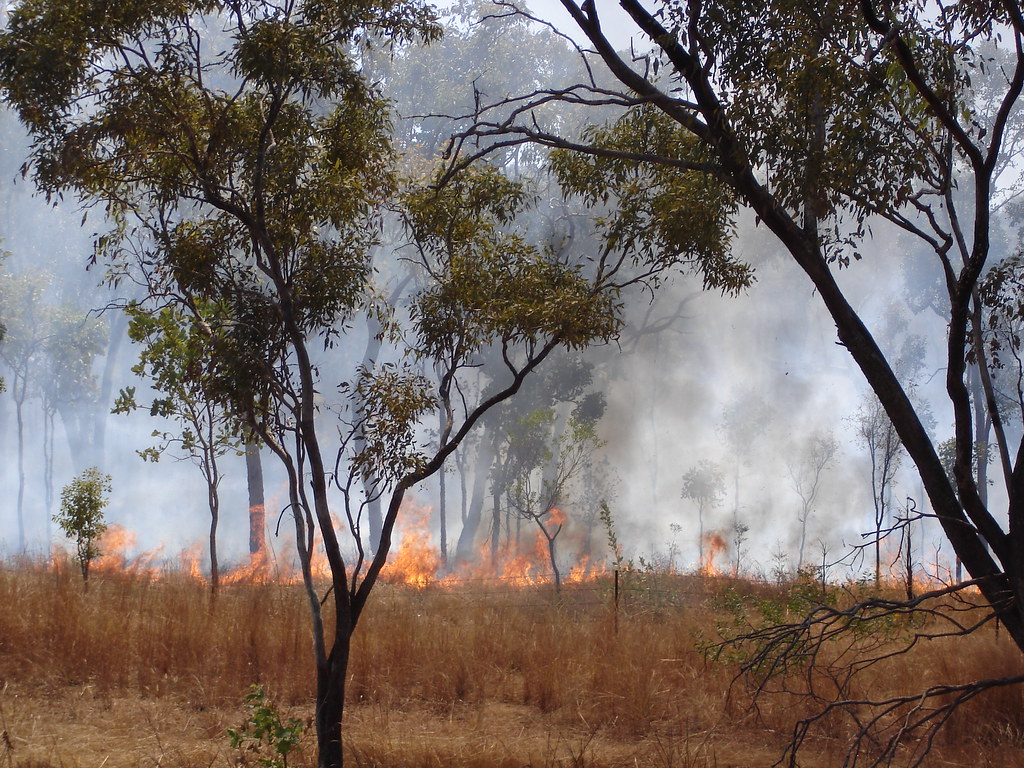
While the infamous Black Summer fires of 2019-20 captured global attention, 2023 was Australia’s biggest bushfire season in more than a decade, with fires burning across an area eight times as big as the 2019–20 Black Summer bushfires, burning more than 84 million hectares of desert and savannah in northern Australia. This staggering figure is larger than the entire state of New South Wales and represents a fire event that most people never heard about due to its remote location. The rapid spread was equally shocking – the speed at which these fires spread was incredible, with more than 18 million hectares burned across the Barkly, Tanami and Great Sandy Deserts in just a few weeks of September and October.
The 2023-24 Australian bushfire season brought new challenges, with authorities reporting fire behavior similar to the devastating Black Summer period. Fire agencies reported that fire behavior was similar or worse than the 2019–20 bushfire season, with the current fire season burning over 61 million hectares by November, already burning more than the entirety of the 2019–20 bushfire season. What’s particularly concerning is how quickly vegetation regenerated in previously burned areas, putting communities back at risk within just a few years.
Greece’s Summer of Flames – Rhodes and The European Record
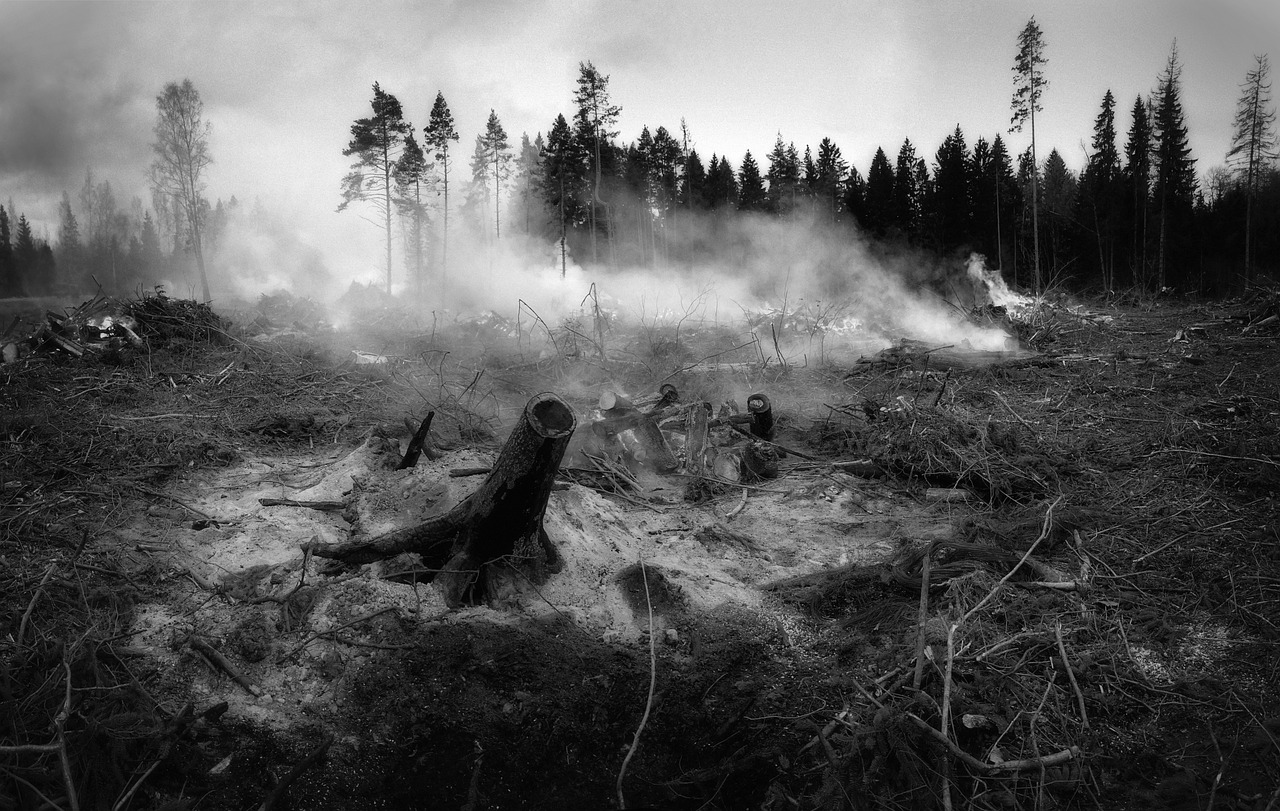
Greece experienced one of its most devastating fire seasons in 2023, with the island of Rhodes becoming a symbol of climate-driven wildfire destruction. The island of Rhodes suffered multiple wildfires, which resulted in over an estimated 19,000 people being evacuated by land and sea, prompting the “largest evacuation operation” ever on the island, with 10 firefighting airplanes, eight firefighting helicopters, over 260 firefighters, 49 fire trucks and hundreds of volunteers. The tourist paradise became a nightmare as visitors and locals fled burning hotels and resorts. But Rhodes wasn’t the only Greek tragedy that summer.
A major fire started near the city of Alexandroupolis in eastern Western Thrace on August 21, stated to be “the largest recorded in the EU” up to this time by EU officials, with around 73,000 hectares burnt. This megafire would later grow even larger, ultimately becoming the Evros fire that lasted more than 15 days and burned more than 93,000 hectares, breaking by far the previous record and was probably the largest wildfire in recent European history. The environmental damage was irreversible, with protected ecosystems completely destroyed.
United States Wildfire Statistics – The Billion-Dollar Reality
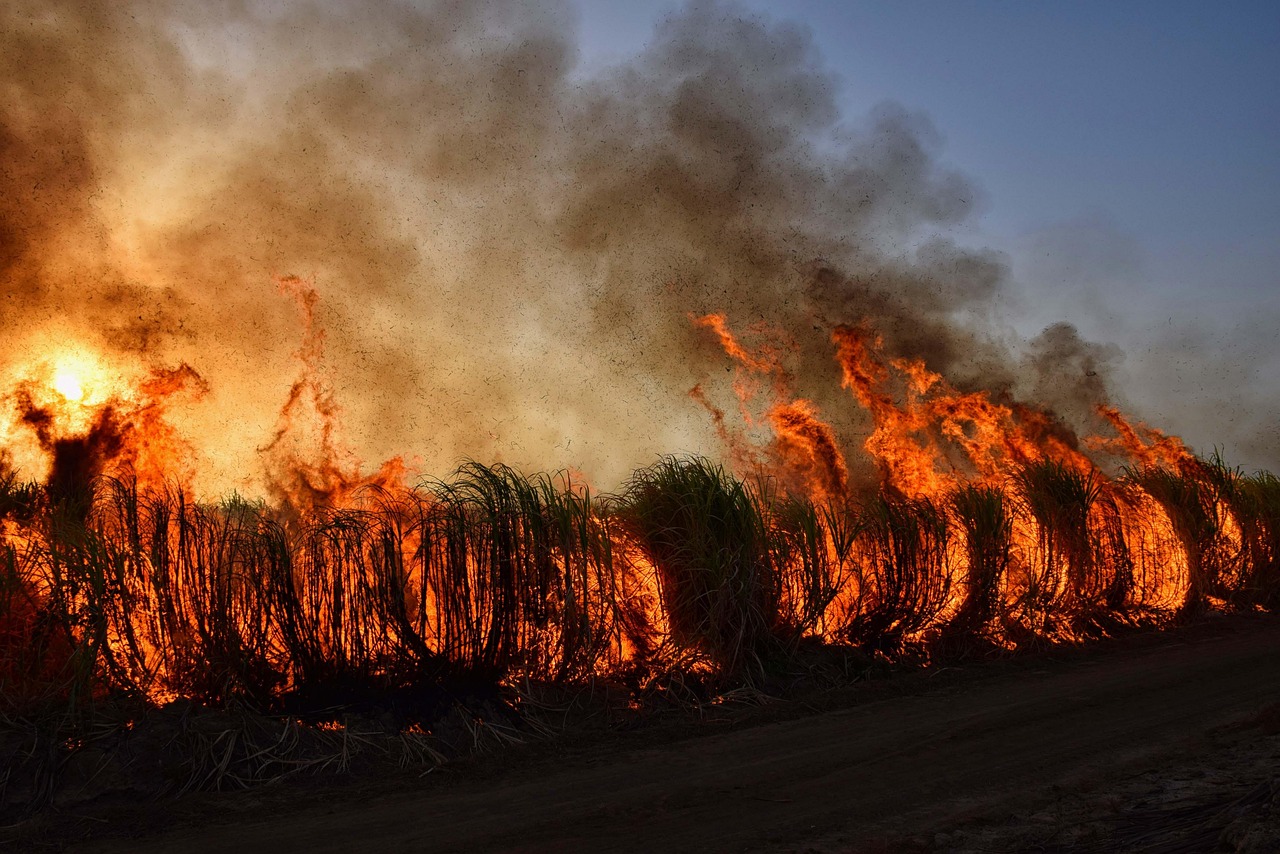
The economic impact of American wildfires has reached staggering proportions, with financial losses becoming the new normal rather than the exception. Between 1980 and 2023 the United States had 22 wildfire events that individually caused more than $1 billion in damage; 18 of those have occurred since 2000, with the United States routinely spending more than $1 billion per year to fight wildfires, including $3.5 billion in 2022. In 2024 alone, wildfires caused $1.8 billion in damage nationwide.
The scale of current wildfire activity becomes clear when looking at recent statistics. As of today, more than 42,000 wildfires have burned over 3.4 million acres across the country this year, with firefighters, 10 incident management teams, 283 crews, 784 engines, and 105 helicopters working hard to manage 42 uncontained large fires. California continues to dominate the statistics, accounting for the vast majority of both fires and damage across the nation.
The Human Factor – Arson and Negligence Drive Fire Starts
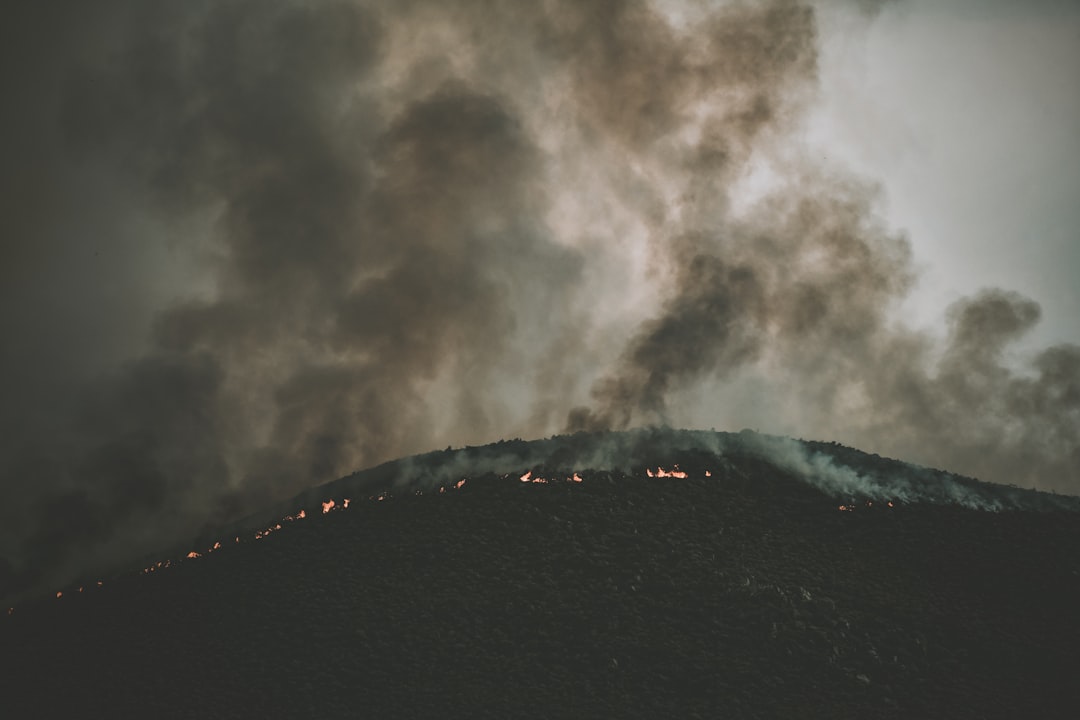
While climate change creates the conditions for extreme wildfire behavior, human actions remain the primary spark for most fires. Of the total wildfires in the US, 50,697 (90%) of forest fires were caused by humans and 5,883 (10%) of forest fires were caused by lighting. This statistic reveals a sobering truth – nearly all the devastating fires we’ve witnessed could have been prevented with better human behavior and awareness.
In Greece, authorities have been particularly focused on prosecuting those responsible for fire ignitions. According to a senior climate crisis official, 667 fires were caused by a “human hand”, blaming either negligence or arson, with 79 arrests made as of late August, and by August 25, officials had arrested 163 people on fire-related charges since the start of the fire prevention season, including 118 for negligence and 24 for deliberate arson. The scale of human-caused fires demonstrates that addressing wildfire risk requires both climate action and better public education about fire safety.
Climate Change – The Underlying Driver of Fire Intensity
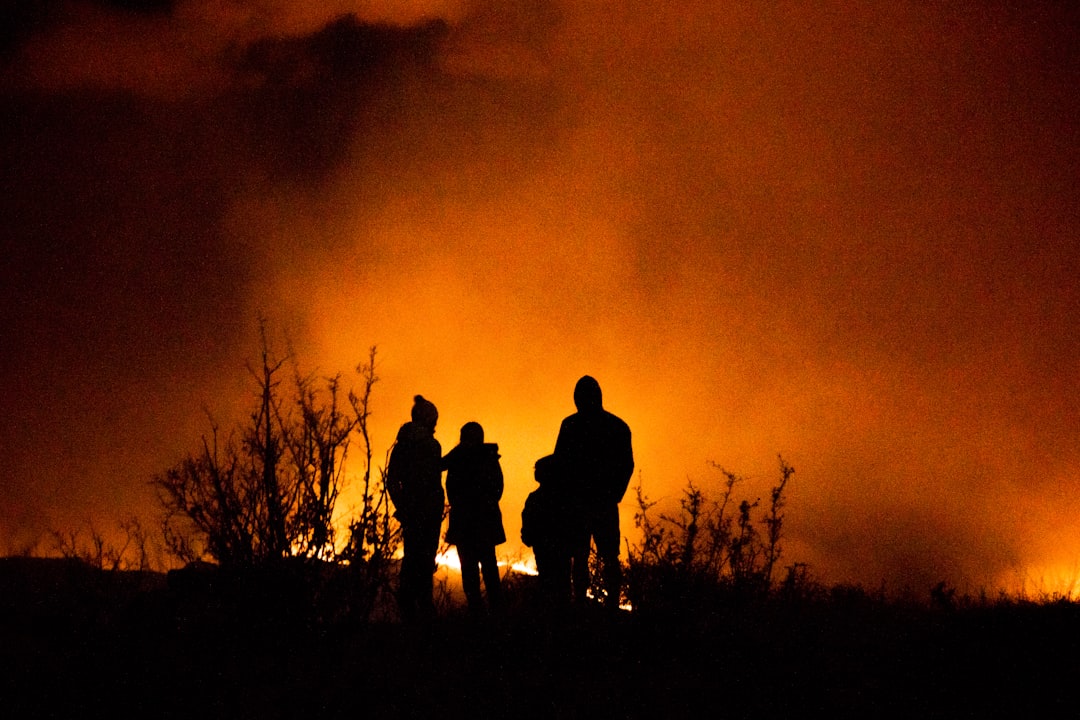
Rising temperatures and changing precipitation patterns are fundamentally altering fire behavior across the globe. New data shows that forest fires are getting worse, burning more than twice as much tree cover today as they did 20 years ago, largely due to climate change, with forest fires now burning more than twice as much tree cover each year as they did two decades ago. The acceleration is dramatic and shows no signs of slowing.
Temperature records continue to break, creating ideal conditions for extreme fire behavior. According to statistics from Australia’s Bureau of Meteorology, 2024 was the second hottest year in the country since records began in 1910, with temperatures last year 1.46°C above average, and all of Australia’s 10 hottest years have occurred since 2005. These temperature increases aren’t just numbers on a chart – they translate directly into drier vegetation, longer fire seasons, and more intense burning conditions.
Technology and Modern Fire Response – Drones Create New Challenges

Modern technology presents both solutions and problems for wildfire response. So far this year, 28 drone incursions have been reported near wildfires, nearly double the number at this point last year, with twenty-one of those incidents occurring in California alone, and each time a drone is spotted near a wildfire, aerial operations are grounded until the skies are clear. These interruptions might seem minor, but every minute counts when aircraft are trying to slow fire spread and support ground crews.
The challenge of unauthorized drone flights highlights how individual actions can have massive consequences during fire emergencies. Firefighters on the ground are the ones who put the fire out, but air support plays a critical role, slowing the fire’s spread, cooling hot spots, and helping crews gain the upper hand. When civilian drones force aircraft to stand down, it can mean the difference between containing a fire and watching it explode out of control.
Economic Devastation – Tourism and Insurance Impacts
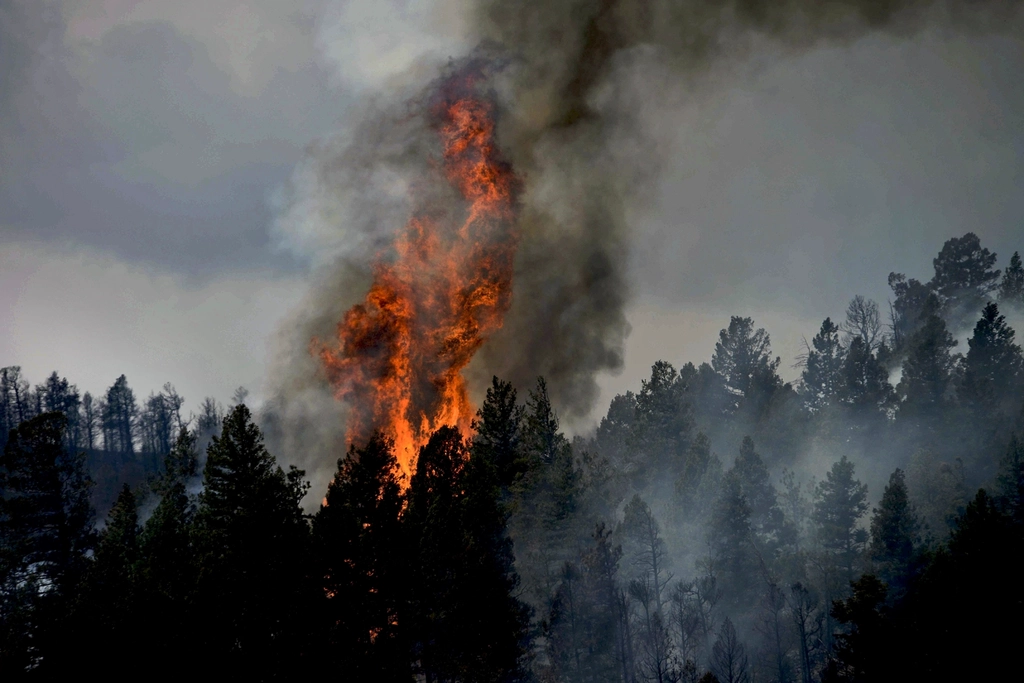
The economic ripple effects of major wildfires extend far beyond the immediate fire zones, devastating entire regional economies. The Insurance Council of Australia estimated the insured loss at AUD2.4 billion for the Black Summer fires, making it one of the costliest bushfire events in recorded history, with economic loss estimates exceeding AUD10 billion, and the tourist industry experiencing losses of AUD2.8 billion in total output. These figures represent real businesses, jobs, and livelihoods destroyed by fire.
Tourism-dependent regions face particularly severe challenges when fires strike during peak season. Flights to Rhodes from British package holiday company Jet2.com were cancelled until 30 July 2023 and from TUI until 26 July 2023, with the Ministry of Tourism later offering complimentary travel accommodations to tourists who were evacuated from the island. The psychological impact on destination image can last for years, even after physical infrastructure is rebuilt.
Evacuation Challenges – Moving Thousands in Hours

Modern wildfires move so fast that evacuation has become one of the most critical aspects of fire emergency response. The scale of some recent evacuations has been unprecedented, testing emergency systems to their limits. One of the most intense and challenging fires occurred on 11 August in Varnavas, Attica, where despite rapid aerial intervention, the fire quickly escalated due to high wind speeds and pyroconvective activity, burning over 10,000 hectares and affecting 30 urban communities.
The logistics of moving large populations quickly creates enormous challenges for emergency responders. In Australia’s current fire season, residents in several towns in Victoria’s west were advised to “leave immediately” as strong winds drive an out-of-control bushfire in the Grampians national park, with the fire burning 59,000 hectares. These mass evacuations require split-second decisions and perfect coordination between multiple agencies.
Vegetation Management – The Double-Edged Sword of Fuel Loads
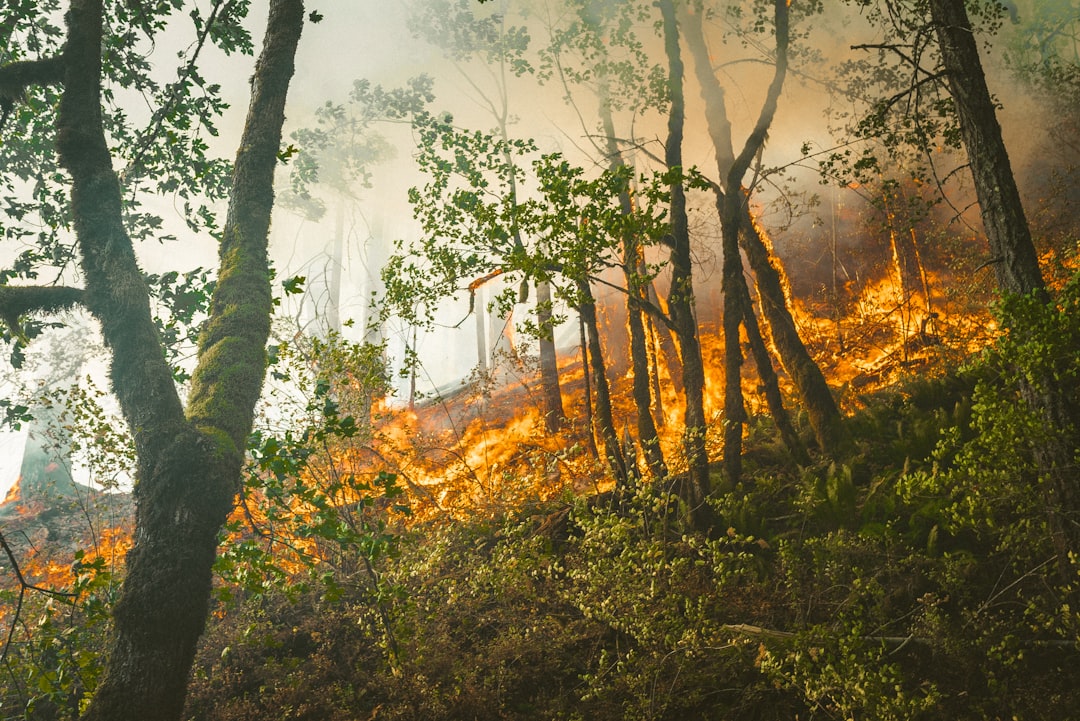
The relationship between vegetation growth and fire risk creates complex management challenges, especially as climate patterns become more extreme. The previous 3 years of La Niña conditions enabled rapid vegetation growth throughout the landscape adding to already high fuel loads, with areas which were impacted in the 2019–20 Australian bushfire season fully regenerating, putting those communities back into potential risk. This rapid regeneration means that fire-affected areas can become vulnerable again much faster than previously expected.
Prescribed burning and fuel management programs struggle to keep pace with vegetation growth under changing climate conditions. The New South Wales Rural Fire Service noted that wet weather conditions inhibited planned hazard reduction burns, with just 43% of the 325,000-hectare burning target completed across NSW during the 2023-24 financial year. When weather windows for safe burning become narrower, it becomes increasingly difficult to reduce fuel loads before the next fire season.
Urban Interface Expansion – Where Cities Meet Wildlands
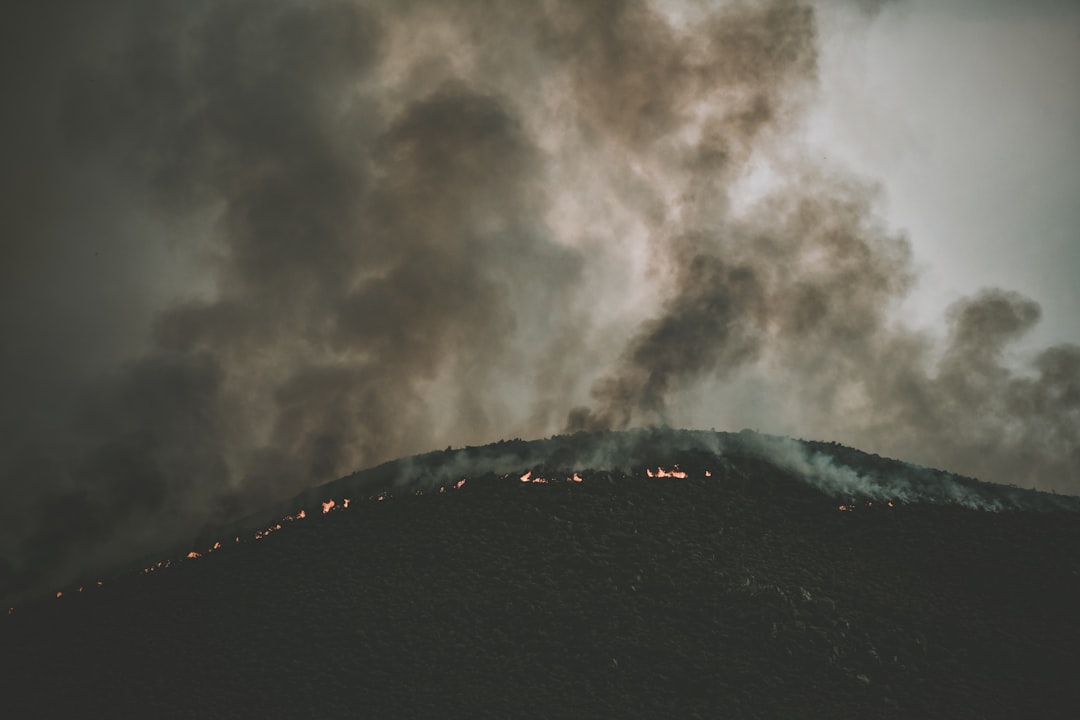
The expansion of development into fire-prone areas continues to increase both fire risk and potential losses. California is by far the most at-risk state for wildfires in the US, with nearly four times the number of properties at risk as the second-highest state, and California has the most homes along urban wildland interfaces — where spans of dry vegetation border developed lands. This development pattern creates an almost impossible situation for firefighters who must protect structures while managing wildland fires.
In the United States, natural lands are rapidly being converted into “wildland-urban interfaces”: places where homes and other structures intermingle with trees and vegetation. This expansion puts more people and property directly in harm’s way while making fire suppression exponentially more difficult and dangerous for emergency responders.
Future Projections – What The Data Tells Us
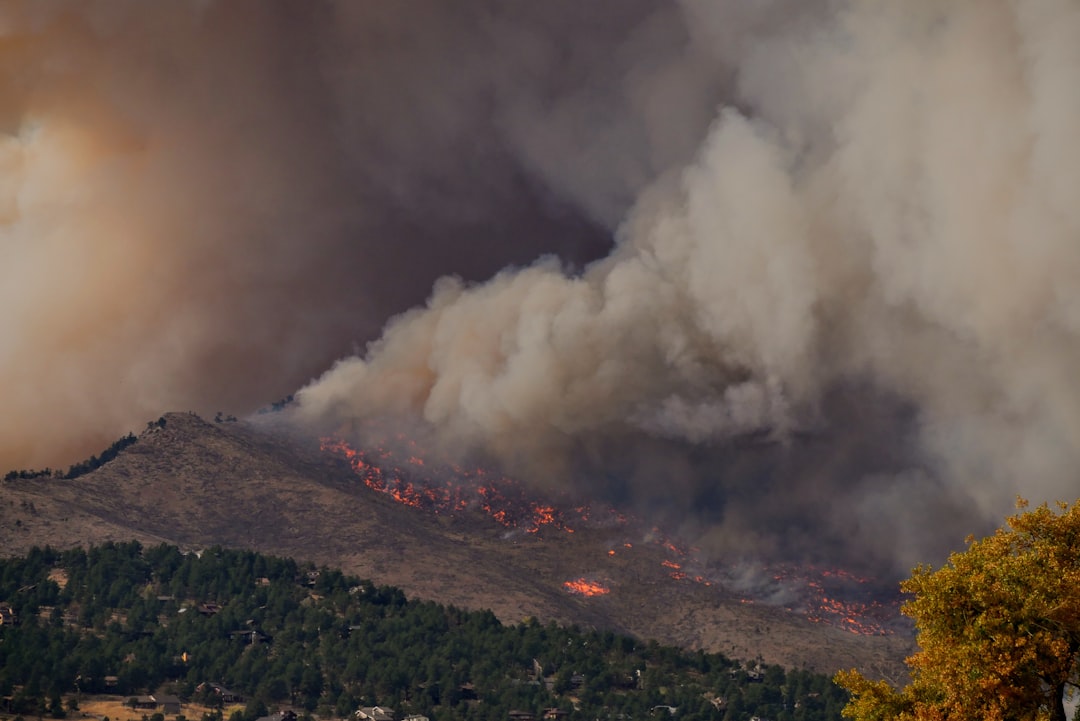
Record-setting blazes are becoming the norm, with four of the five worst years for global forest fires occurring since 2020, and 2024 was the most extreme year for forest fires on record, with at least 13.5 million hectares of forest burned. The trend isn’t just continuing – it’s accelerating at an alarming rate that challenges our ability to adapt fire management strategies quickly enough.
The scientific evidence points toward a future where current extreme events become routine. Observed long-term climate trends indicate that similar events may become more likely, with observed climate trends resulting in worsening conditions for bushfires to become more intense and to affect large areas—including urban areas. This reality requires fundamental changes in how we build, where we build, and how we prepare for fire emergencies.
Understanding these massive wildfire patterns helps us see that we’re not just dealing with isolated natural disasters anymore. Instead, we’re witnessing a global shift in fire behavior that demands equally massive changes in our response strategies. The data paints a clear picture: bigger fires, higher costs, and more frequent evacuations are becoming our new reality. Are we adapting fast enough to keep up?
